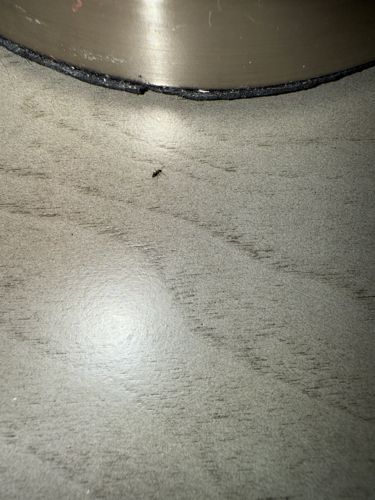Ant
Scientific Name: Formicidae (family, specific species cannot be determined from the image)
Order & Family: Order: Hymenoptera, Family: Formicidae
Size: Typically 2 to 20 mm, highly dependent on the species and caste.

Natural Habitat
Ants are found in almost all terrestrial habitats around the world, from forests and deserts to urban environments. They build nests in soil, under rocks, in wood, and sometimes in human structures.
Diet & Feeding
Ants are omnivores, their diet varies widely depending on the species. Many feed on nectar, seeds, fungi, or small insects. Some species are scavengers, feeding on dead animals and food scraps left by humans. Others are predators, hunting live insects.
Behavior Patterns
Ants are highly social insects living in colonies that can range from a few dozen to millions. They communicate using pheromones to signal food sources, danger, and trails. They exhibit complex social behaviors including division of labor, cooperative foraging, and care for the young. Most ants are active during the day, constantly foraging for food.
Risks & Benefits
Risks: Some species can be considered pests when they invade homes searching for food. A few species can deliver painful stings (e.g., fire ants). They can also cause structural damage (e.g., carpenter ants). Benefits: Ants play crucial roles in ecosystems as decomposers, aerating soil, dispersing seeds, and acting as biological pest control by predating on other insects.
Identified on: 8/22/2025